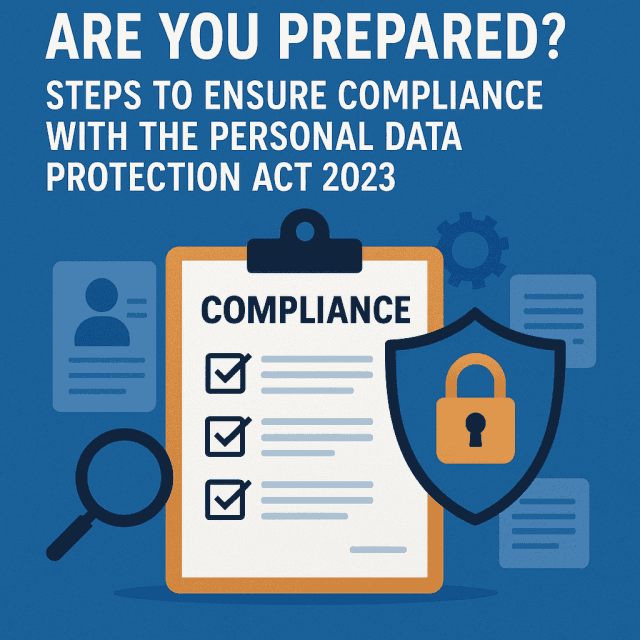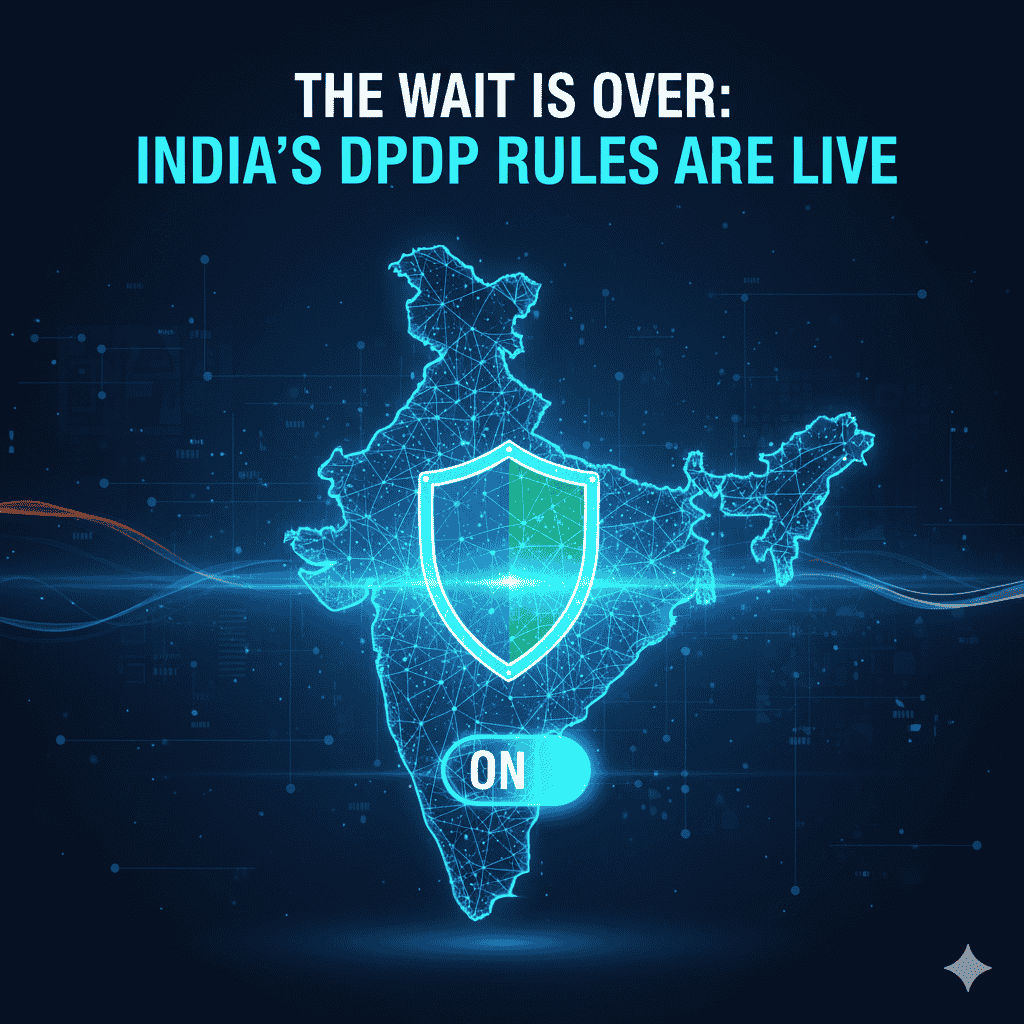In an era defined by digital transformation, organizations are collecting more personal data than ever before. The Personal Data Protection Act (PDPA) 2023 represents a critical legislative framework aimed at safeguarding individual privacy rights. This article outlines essential steps organizations must take to ensure compliance with the PDPA, promoting trust, accountability, and resilience.
Understanding the Personal Data Protection Act 2023
The PDPA 2023 introduces new provisions to enhance the protection of personal data. Its primary objectives include:
- Protecting individuals’ rights regarding their personal information.
- Imposing stricter regulations for data processing, storage, and sharing.
- Mandating organizations to adopt responsible data management practices.
Compliance is not merely a legal obligation but also a strategic imperative.
Steps to Ensure Compliance
1. Elevate Awareness and Training
Employee Education: The first step in compliance is ensuring that all employees understand their responsibilities under the PDPA. Regular training sessions and workshops can foster a culture of awareness and accountability.
2. Conduct a Data Inventory
Identify Data: Catalog all personal data types collected, processed, and stored by the organization. This includes understanding data flows, storage locations, and data lifecycle stages.
Assess Risk Levels: Conduct risk assessments to evaluate how personal data is collected and utilized. Identifying vulnerabilities and potential compliance gaps is essential.
3. Update Privacy Policies
Transparency: Ensure that your privacy policy is up-to-date and clearly outlines how personal data is collected, used, and shared. Transparency is key to building trust with data subjects.
User Rights: Clearly communicate individuals’ rights under the PDPA, including rights to access, correction, deletion, and data portability.
4. Implement Data Protection Measures
Technical Safeguards: Employ robust security measures such as encryption, firewalls, and access controls to protect personal data from unauthorized access and breaches.
Organizational Measures: Establish clear protocols for data handling, including policies around data minimization and purpose limitation.
5. Prepare for Data Breaches
Incident Response Plan: Develop a comprehensive data breach response plan. This should include procedures for detection, reporting, and managing breaches in compliance with the PDPA mandate.
Notification Process: Ensure that processes are in place to notify affected individuals and relevant authorities promptly in the event of a breach.
6. Appoint a Data Protection Officer (DPO)
DPO Role: Designate a qualified Data Protection Officer to oversee compliance efforts, act as a point of contact for data subjects, and liaise with regulatory authorities.
7. Stay Informed and Engage with Regulators
Industry Updates: Continuous monitoring of changes to data protection laws and practices is essential. Engage in industry forums and stay updated with guidance from regulatory bodies to ensure ongoing compliance.
8. Regular Audits and Compliance Checks
Internal Reviews: Conduct periodic audits to ensure compliance with the PDPA. Regular evaluations will help identify weaknesses and provide opportunities for improvement.
Third-Party Assessments: If your organization relies on third-party vendors for data processing, ensure they also comply with the PDPA. Conduct due diligence and require compliance agreements.
Conclusion
Compliance with the Personal Data Protection Act 2023 is no longer optional; it’s a fundamental responsibility for organizations that handle personal data. By taking proactive steps to ensure compliance, organizations can not only mitigate legal risks but also enhance their reputation and build trust with customers. Preparing for compliance is an ongoing journey that requires commitment, vigilance, and adaptability in a rapidly evolving landscape of data privacy.








